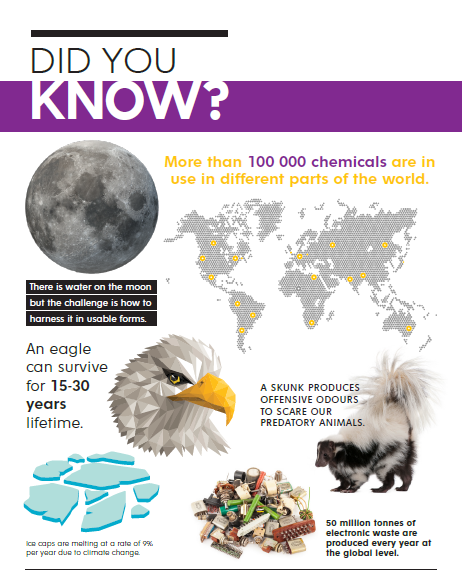In this issue we delve into some of the major water quality parameters that are of interest. Starting with pH, which gives an indication of acidity or alkalinity of water. It is not advisable to drink water which is acidic or alkaline as it can have various health problems or be contaminated. Good quality water should be near neutral pH. Coliforms in water also indicate microbial contamination including at times faecal contamination. Turbidity also is amongst key water quality parameters as it indicates the clearness of water. Highly turbid waters are not health for consumption. There is also the conductivity which shows an indication of the extent to which water conducts electricity. in its natural form it conducts electricity, but conductivity can be increased by increased salt concentration. Concentration such as Sodium, Calcium, Magnesium is also not ideal as they can accelerate salinity of soils. Calcium and Magnesium also increase water hardness. Additional water parameters include Total Dissolved Solids and Total Suspended Solids. Good quality water has less of these solids. In recent year’s people have also started considering odour of the water and preference being to water without offensive odours. There is also a key parameter called Biological Oxygen Demand which gives an indication of the organic matter load in water. Heavy metals are also assessed such as lead and mercury, which should be prevented at all costs. Heavy metals are neurotoxic, to the extent of affecting the nervous systems of developing young children. Other heavy metals can have reproductive health effects. Water temperature s also essential in order to prevent situations such as thermal inversion.
Author
-

Tawanda Collins Muzamwese is the Editor in Chief of the Green Business Gazette Magazine. He is is an international consultant in sustainable business development with massive experience in training, consulting and auditing. He has facilitated capacity development in more than 100 enterprises drawn from over 30 countries. He is the founder of the sustainability think-tank called Toxiconsol Consultancy t/a African Sustainability Consultants. He is the Editor in Chief of the Green Business Gazette Magazine. He is a consultant and business coach with over 13 years experience. Tawanda is a Management Systems Consultant working on promoting development and implementation of ISO Standards (ISO 14001:2015, ISO 9001:2015 and ISO 45001:2018) in both developed and developing countries. With his inspirational and pragmatic writing style he has written cutting edge books including: 1) How to grow a Side-hustle into a viable business - Overcome Salary Dependency 2) The Leading Consultant: How become an authority in your professional field 3) Step-by-Step Guide to implementing Safety, Health, Environment and Quality Management Systems 4) Stepping on Higher Perspectives: Greatness Tips Motivational Series 5) Sustainability Guidebook for Boards and CEOs: Leading from the front Tawanda writes about sustainability, motivation, safety, health, environment and quality management. His books are relevant to both developed and developing countries. With practical approaches and case studies, he provides incisive insights into entrepreneurship. His philosophy is based on the premise that every human being has potential to make a significant difference in their lifetime. He writes books on taking personal responsibility for progression in life. He motivates entrepreneurs to implement income generating projects and determine their own financial destiny. He also motivates companies to take up sustainability initiatives. A start-up coach, public speaker, environmentalist, safety, health and quality management expert, Muzamwese bridges the gap between theory and practice through building capacity and sharing practical case studies in his books.
View all posts



